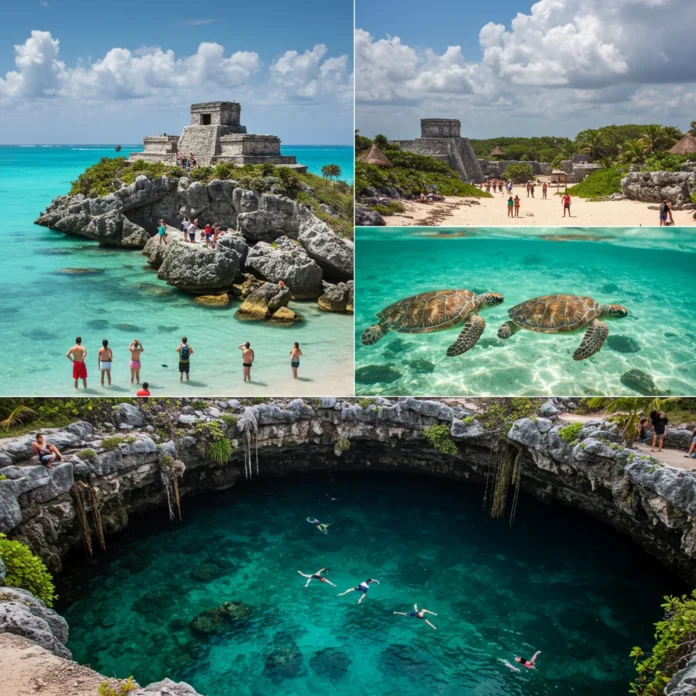Introduction to the Tulum Ruins, Turtles in Akumal, and Cenote Tour
The Tulum Ruins, Turtles in Akumal, and Cenote Tour is a journey that immerses travelers in the rich history, vibrant marine life, and natural beauty of Mexico’s Riviera Maya. This tour weaves together ancient Mayan architecture, encounters with majestic sea turtles, and refreshing swims in crystal-clear cenotes. Each destination offers a distinct atmosphere, from the salty breeze and sunlit stones of Tulum’s clifftop ruins to the gentle sway of seagrass beneath Akumal’s turquoise waves and the cool, earthy calm of Yucatán’s hidden springs.
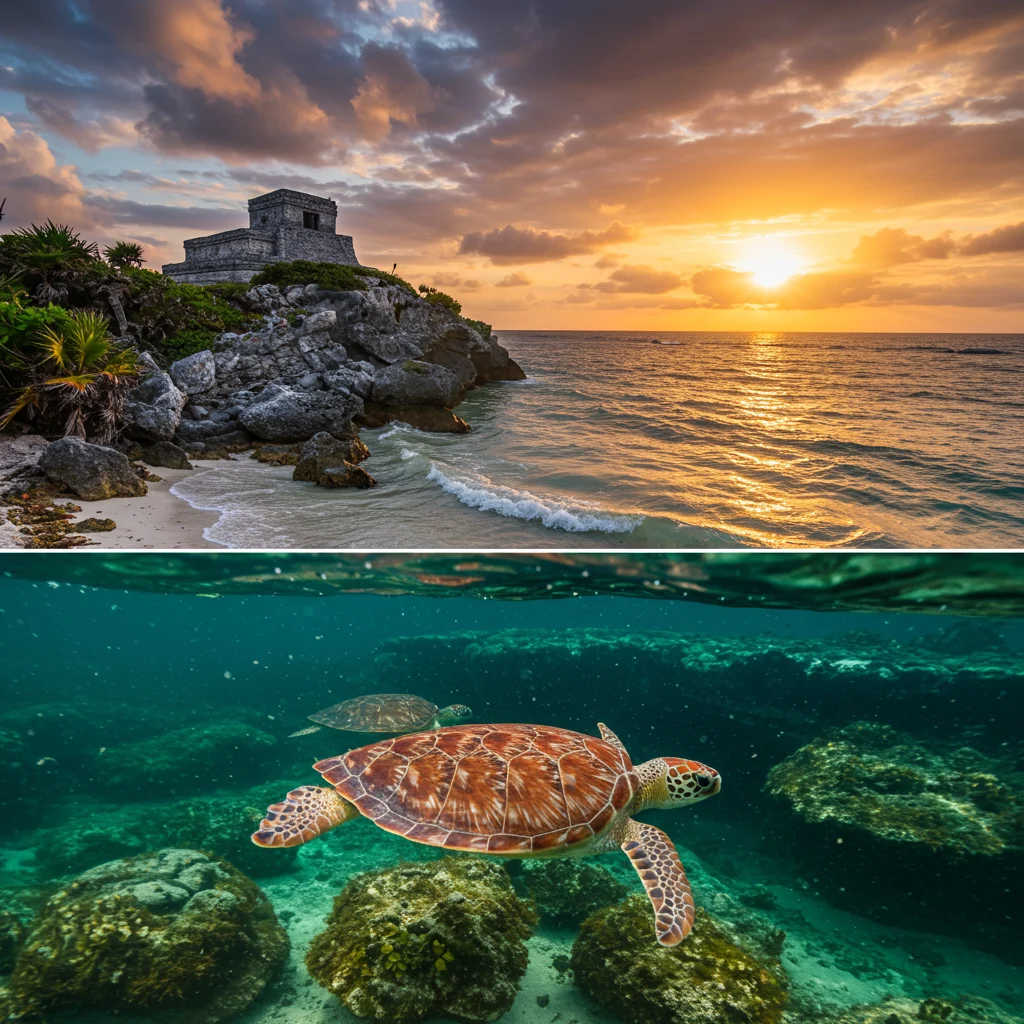
We invite you to experience this unforgettable day—one that promises adventure, relaxation, and a deeper appreciation for the region’s cultural and ecological treasures.
Why Take a Tulum Ruins, Akumal Turtles, and Cenote Tour?
Combining Tulum’s archaeological wonders, the thrill of swimming with Akumal’s sea turtles, and the serenity of cenotes allows travelers to maximize their time and create lasting memories. This itinerary appeals to those who appreciate both history and nature, offering a well-rounded perspective of the Riviera Maya.
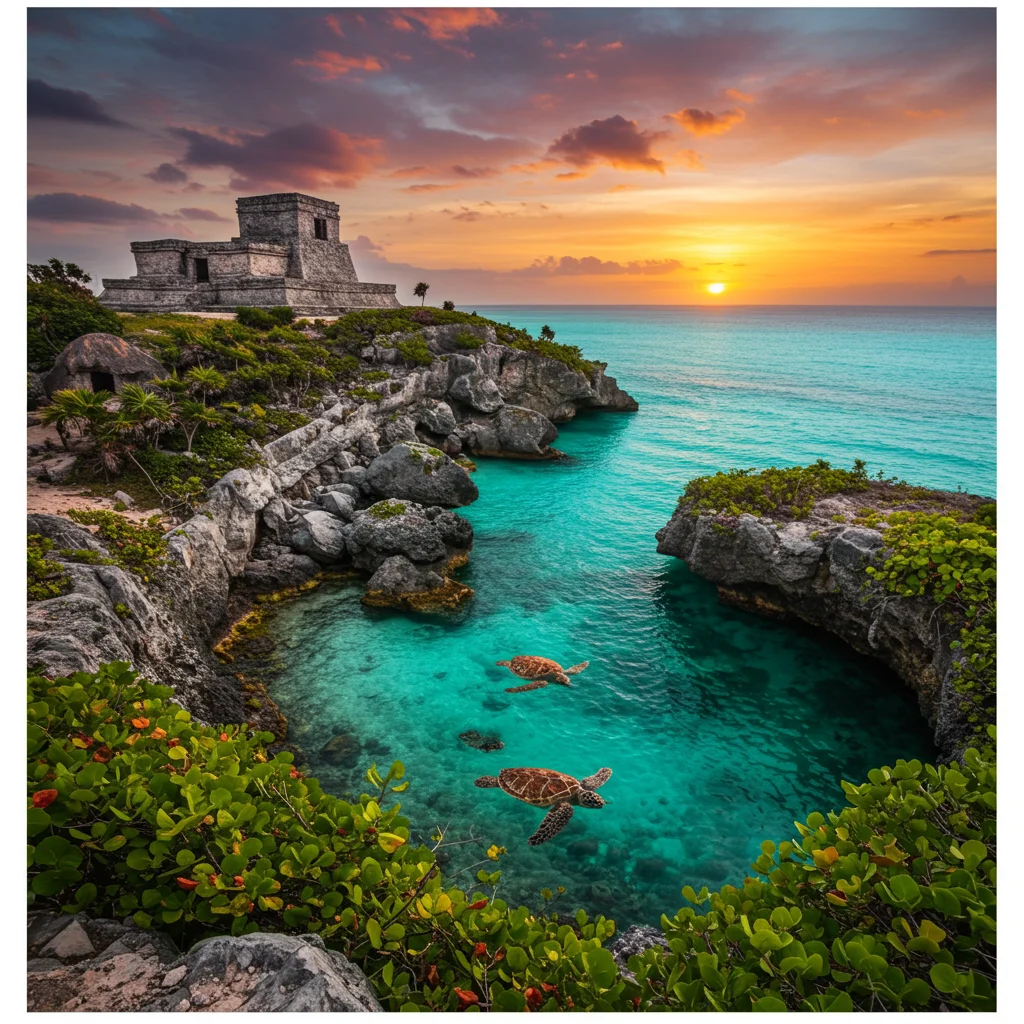
Many visitors find that this tour delivers a sense of awe and connection—walking among ancient stone walls, floating alongside graceful turtles, and feeling the cool embrace of freshwater pools. For those seeking variety in a single day, this tour delivers an ideal balance of cultural exploration and natural encounters.
What to Expect on This Adventure?
Expect a full day of discovery. The tour typically begins at the Tulum Ruins, where you’ll explore the remnants of a once-thriving Mayan port city perched above the Caribbean Sea. Next, you’ll head to Akumal for a guided snorkeling session with wild sea turtles, followed by a stop at one or more cenotes for swimming and relaxation. Throughout the day, you’ll encounter breathtaking views, abundant wildlife, and opportunities for both guided learning and independent exploration.

Comfortable transportation, knowledgeable guides, and well-planned logistics help create a seamless experience. Many tours also include lunch or snack stops at local eateries, ensuring you stay refreshed and energized throughout the journey.
How to Plan Your Tulum, Akumal, and Cenote Day Trip
Planning is key to making the most of your day. We recommend researching reputable tour operators or, if you prefer independence, mapping out your route and checking opening hours in advance. Consider your group’s interests—some may want to focus on history, while others may prioritize snorkeling or cenote swimming.
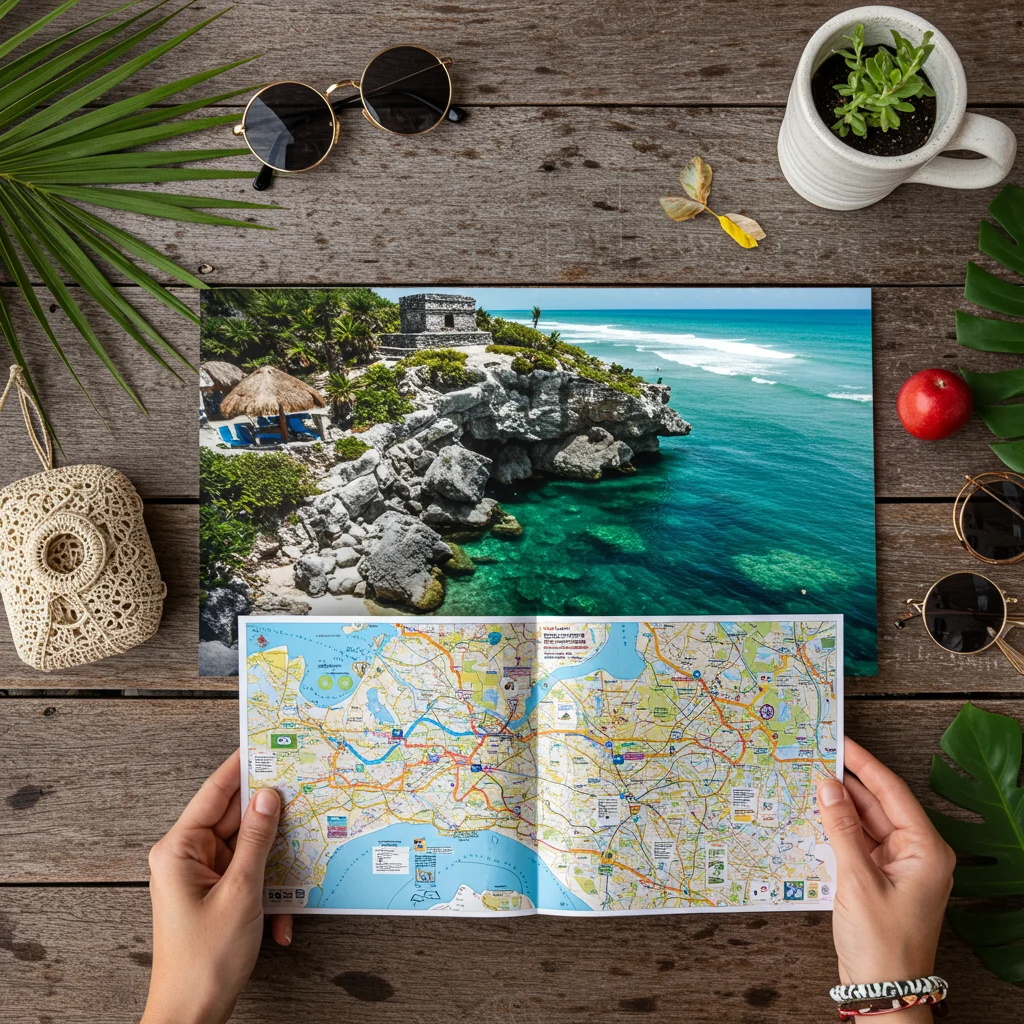
If you are interested in comparing this type of adventure to other small-group excursions, you might find it helpful to review experiences like the Iceland South Coast Full Day Small-Group Tour for insights on pacing and logistics.
Best Time of Year to Visit Tulum, Akumal, and the Cenotes
The best time to enjoy this tour is between November and April, when the weather is dry and temperatures are pleasant. During these months, you can expect clear skies, gentle breezes, and optimal visibility for snorkeling and photography.
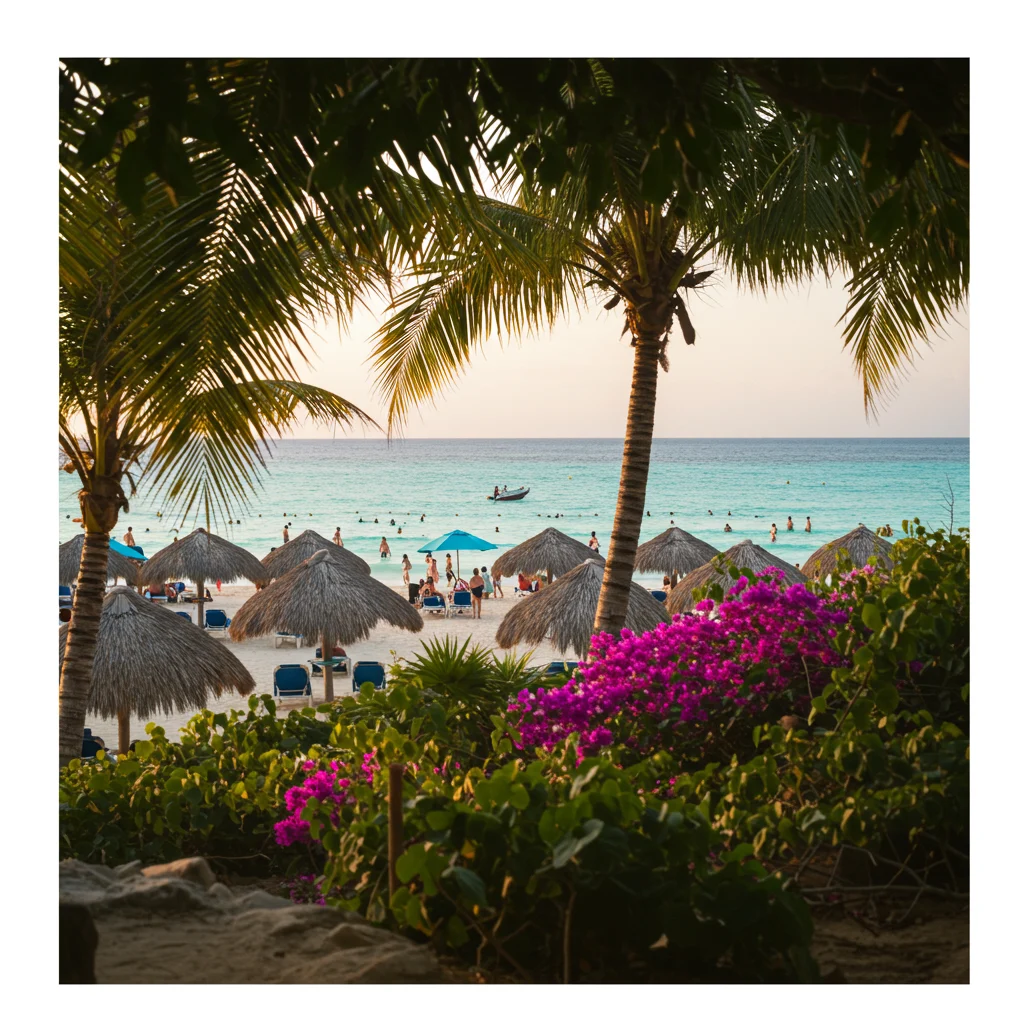
The summer months, while warmer and more humid, offer their own appeal with fewer crowds and lush green landscapes. However, rainfall can occasionally affect water clarity in cenotes and the sea.
Getting to Tulum: Transportation Options
Travelers can reach Tulum from Cancun or Playa del Carmen by ADO bus, colectivo (shared van), rental car, or private transfer. Each option offers varying degrees of comfort, flexibility, and cost. Buses and colectivos are affordable and convenient, while private transfers and rental cars allow for greater autonomy and personalized schedules.
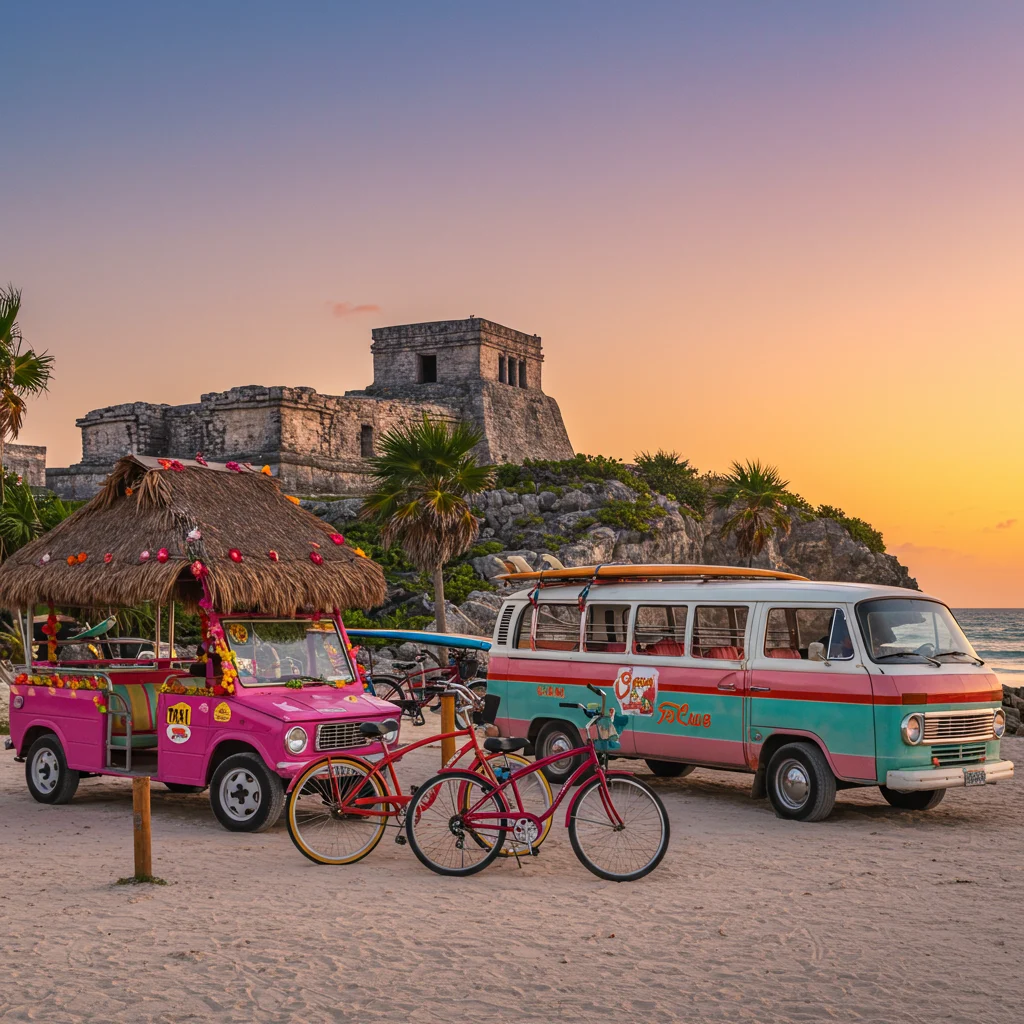
If you plan to visit multiple sites in one day, consider the time required for each transfer and choose the mode of transport that best suits your group’s preferences.
Should You Book a Guided Tour or Go Independently?
Choosing between a guided tour and independent travel depends on your interests and experience. Guided tours provide expert insights, seamless logistics, and often include skip-the-line entry or exclusive access to certain areas. They are ideal for those who value convenience and wish to learn from knowledgeable local guides.

Independent travelers enjoy the freedom to set their own pace and linger at favorite spots. However, self-guided trips require more planning and navigation, especially when coordinating multiple destinations in one day.
Overview of the Tulum Ruins
The Tulum Ruins stand as one of Mexico’s most iconic archaeological sites, offering visitors a unique blend of coastal scenery and ancient history. Overlooking the Caribbean Sea, these ruins transport visitors to a time when the Mayan civilization thrived along the Yucatán Peninsula.
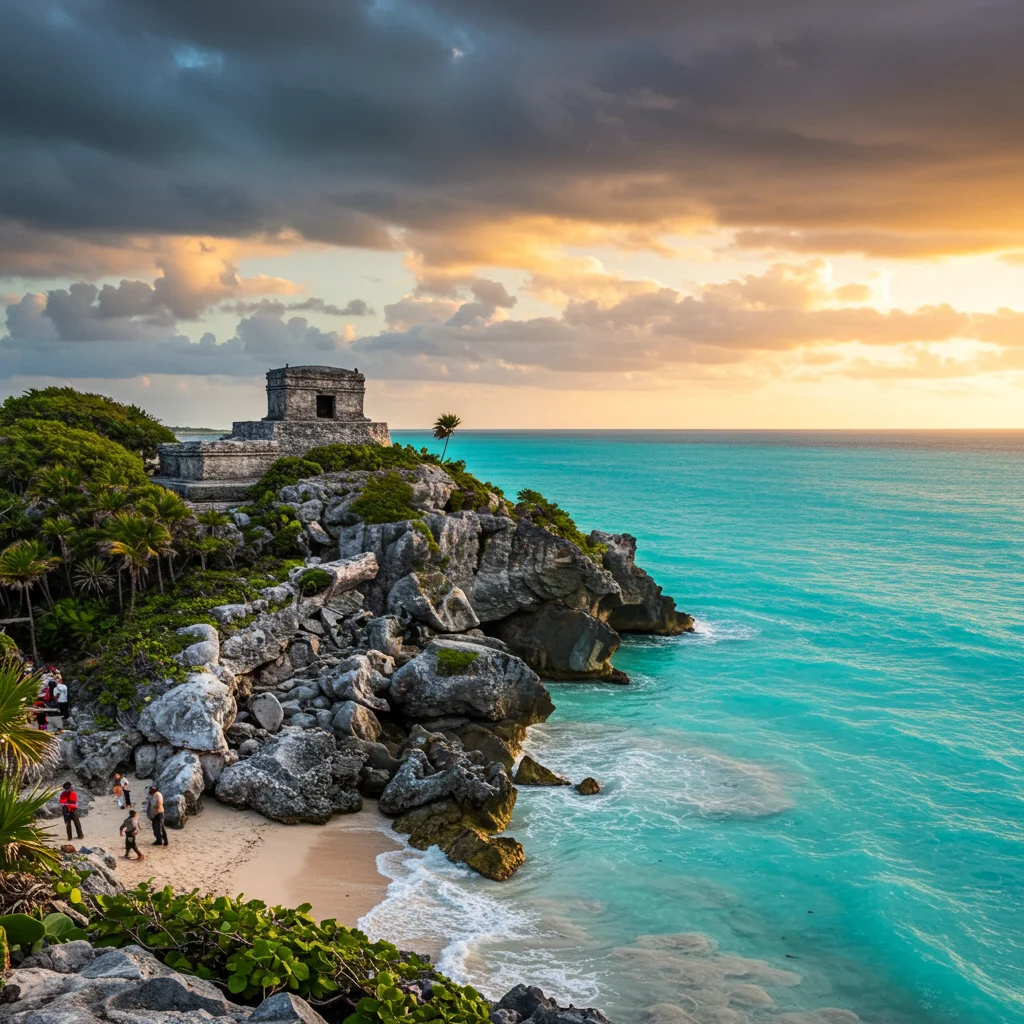
History of the Tulum Archaeological Site
Tulum was a major port city during the late Postclassic period of Mayan history, flourishing between the 13th and 15th centuries. It served as a hub for maritime trade, connecting inland cities with goods from across Mesoamerica. The city’s strategic location atop rugged cliffs provided both defense and a commanding view of the sea.
Why Are Tulum’s Ruins So Unique?
Unlike other Mayan ruins, Tulum is the only major archaeological site situated directly on the Caribbean coastline. Its dramatic setting, with ancient stone structures set against turquoise waters, creates a striking visual contrast. The ruins’ relatively compact size makes them accessible for families and travelers with limited time.
Tulum’s well-preserved murals and carvings also provide rare insights into the spiritual and daily life of the Maya, distinguishing it from other sites.
Must-See Structures at Tulum Ruins
Several key buildings capture the imagination of visitors. Each structure reveals a different aspect of Mayan culture and architectural ingenuity.
El Castillo: The Iconic Pyramid
El Castillo dominates the site, perched high above the sea. This stepped pyramid served as a lighthouse and ceremonial center, guiding canoes safely through the coral reefs. Its commanding location offers panoramic views and serves as a favorite spot for photography.
Temple of the Frescoes
The Temple of the Frescoes is renowned for its vivid murals depicting Mayan gods and cosmology. These paintings, though faded by time, provide a rare glimpse into the spiritual beliefs and artistic expression of the site’s inhabitants.
Temple of the Descending God
Named for the figure carved above its doorway, the Temple of the Descending God is dedicated to a deity depicted in a unique upside-down pose. The temple’s design and placement reflect the Maya’s complex religious practices and astronomical knowledge.
The Wall and City Layout
Tulum was fortified by a thick limestone wall, with watchtowers and narrow gateways. This defensive structure encircled the main city, protecting it from invaders and marking it as a significant political center.
Tips for Visiting the Tulum Ruins
A successful visit to Tulum Ruins involves preparation and awareness of site conditions. The following tips will help you make the most of your experience.
What Should You Bring to the Ruins?
We recommend bringing:
- Comfortable walking shoes
- Sun hat and sunglasses
- Reusable water bottle
- Eco-friendly sunscreen (biodegradable)
- Lightweight clothing
How to Beat the Crowds and the Heat
Arrive early in the morning to enjoy cooler temperatures and quieter pathways. Midday sun can be intense, so plan accordingly and seek shade when possible. Weekdays tend to be less crowded than weekends.
Photography Tips at Tulum Ruins
For the best photos, visit during golden hour when the sunlight casts warm tones across the ancient stones. Use the sea as a backdrop for dramatic compositions, and respect restricted areas for preservation.
Wildlife Around the Tulum Ruins
Beyond history, the Tulum Ruins are home to iguanas basking on rocks, tropical birds soaring overhead, and the occasional coati foraging in the underbrush. Keep your camera ready for unexpected wildlife encounters that add to the site’s charm.
How to Get from Tulum Ruins to Akumal
Traveling from Tulum to Akumal is straightforward, with options including taxi, rental car, or colectivo. The journey takes around 30 minutes along Highway 307. Colectivos are a budget-friendly choice, while taxis offer direct, door-to-door service.
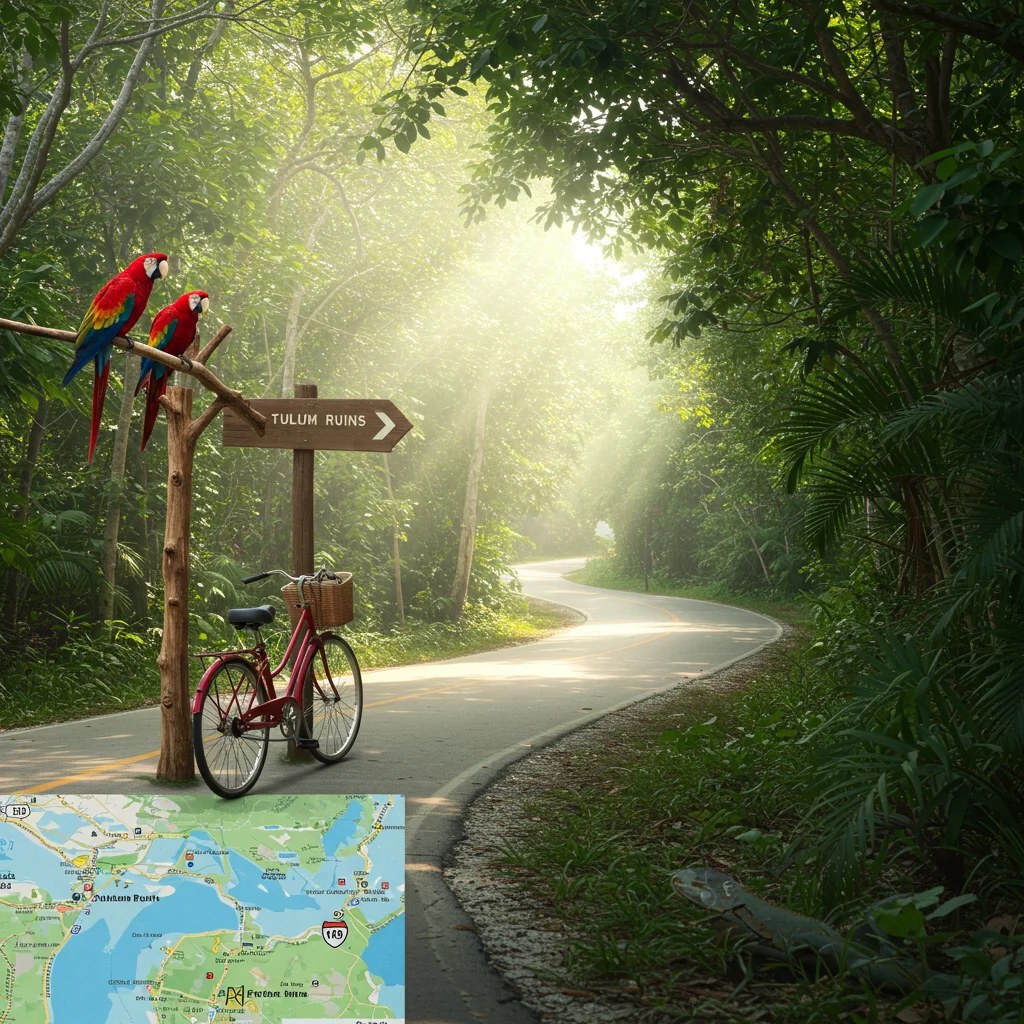
If you have luggage or gear, confirm with your driver that there’s adequate space before departing.
Introduction to Akumal and Its Famous Turtles
Akumal, meaning “Place of Turtles” in Mayan, lives up to its name with a sheltered bay where sea turtles graze on seagrass beds just offshore. The calm, shallow waters make this destination ideal for snorkeling and wildlife observation.
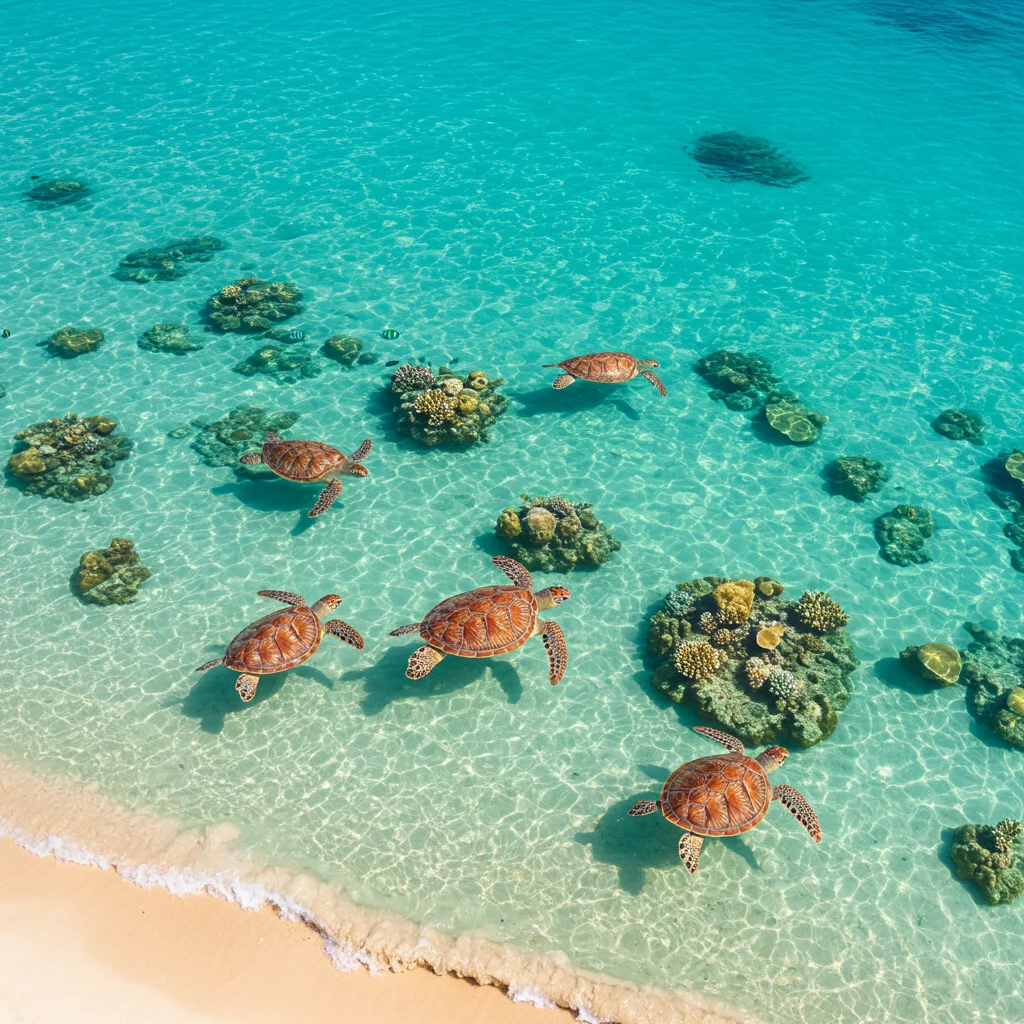
Shaded by palms and lined with soft white sand, Akumal Beach invites visitors to relax and enjoy the tranquil rhythm of the Caribbean.
Why Is Akumal the Best Place to Swim with Turtles?
Akumal’s unique geography creates a safe haven for sea turtles who come to feed and rest year-round. The bay’s gentle currents, clear water, and abundant seagrass attract both turtles and snorkelers, making close encounters possible without disturbing the animals’ natural behavior.
What Species of Turtles Can You See in Akumal?
Visitors frequently spot green turtles and loggerhead turtles in Akumal Bay. Occasionally, hawksbill turtles also appear. These species are protected, and strict regulations help ensure their continued well-being.
How to Snorkel with Turtles in Akumal
Snorkeling in Akumal is accessible to beginners and experienced swimmers alike. The shallow bay provides excellent visibility, and guides offer safety briefings and equipment as needed.
Do You Need a Guide to Swim with Akumal Turtles?
While independent snorkeling is possible, hiring a certified guide is strongly recommended. Guides help you locate turtles safely, enforce conservation rules, and share insights about the bay’s ecosystem.
Best Practices for Responsible Turtle Encounters
To protect the turtles and their habitat:
- Maintain a respectful distance
- Do not touch or chase turtles
- Use only biodegradable sunscreen
- Stay within designated snorkeling areas
What Gear Do You Need for Akumal Turtle Snorkeling?
Essential items include:
- Snorkel, mask, and fins
- Buoyancy vest (required by local regulations)
- Swimwear and rash guard
Other Marine Life You Might Spot in Akumal
Beyond turtles, snorkelers often encounter colorful fish, rays, and the occasional octopus. The seagrass beds and coral patches provide shelter for a wide array of marine species, making each outing unique.
Akumal Beach Facilities and Amenities
Akumal Beach offers restrooms, showers, equipment rentals, and shaded palapas for visitors. Several beachfront shops and cafes provide snacks, drinks, and souvenirs. Lockers are available for storing valuables while you swim.
Safety Tips for Swimming in Akumal
Always swim within marked zones and heed lifeguard instructions. Watch for boats and follow posted signs regarding wildlife protection. Use eco-friendly sunscreen to minimize your impact on the marine environment.
Where to Eat in Akumal: Top Beachside Restaurants
Akumal boasts a variety of beachside restaurants serving fresh seafood, traditional Mexican cuisine, and international favorites. Popular options include La Buena Vida, Lol-Ha, and Turtle Bay Café, each offering ocean views and a laid-back atmosphere.
If you appreciate dining with a view after a day of exploration, you may also enjoy reading about scenic stops during the Acadia National Park and Boston 3-Day Tour.
How to Get from Akumal to the Cenotes
From Akumal, cenotes are easily accessible by taxi, rental car, or guided tour. Many popular cenotes are located just a short drive inland along Highway 307. Signage is clear, and parking is available at most sites.
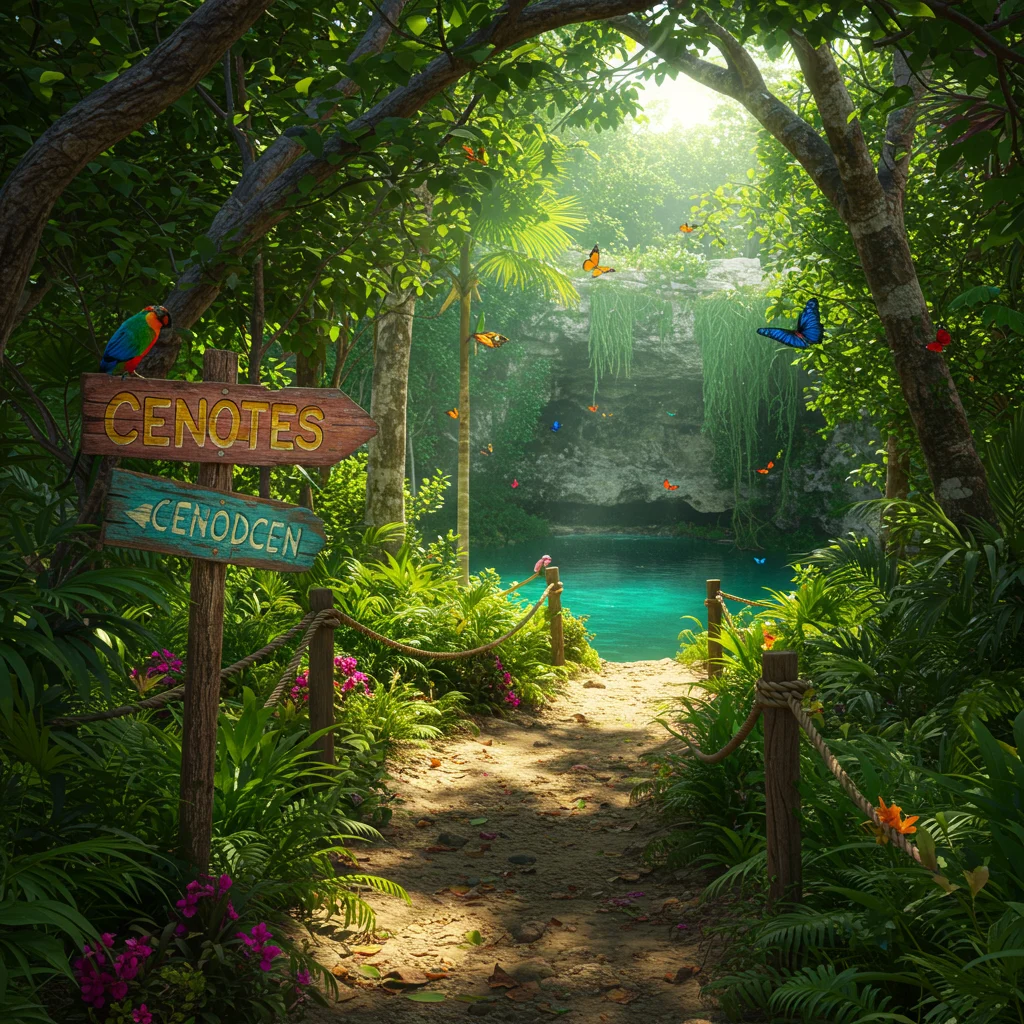
If using public transportation, plan your return trip in advance, as service may be limited later in the day.
What Are Cenotes and Why Are They Special?
Cenotes are natural freshwater sinkholes formed by the collapse of limestone bedrock. These pools were sacred to the Maya, who believed they were portals to the underworld. Today, cenotes offer a serene escape, with crystal-clear water, lush vegetation, and a sense of mystery beneath the jungle canopy.
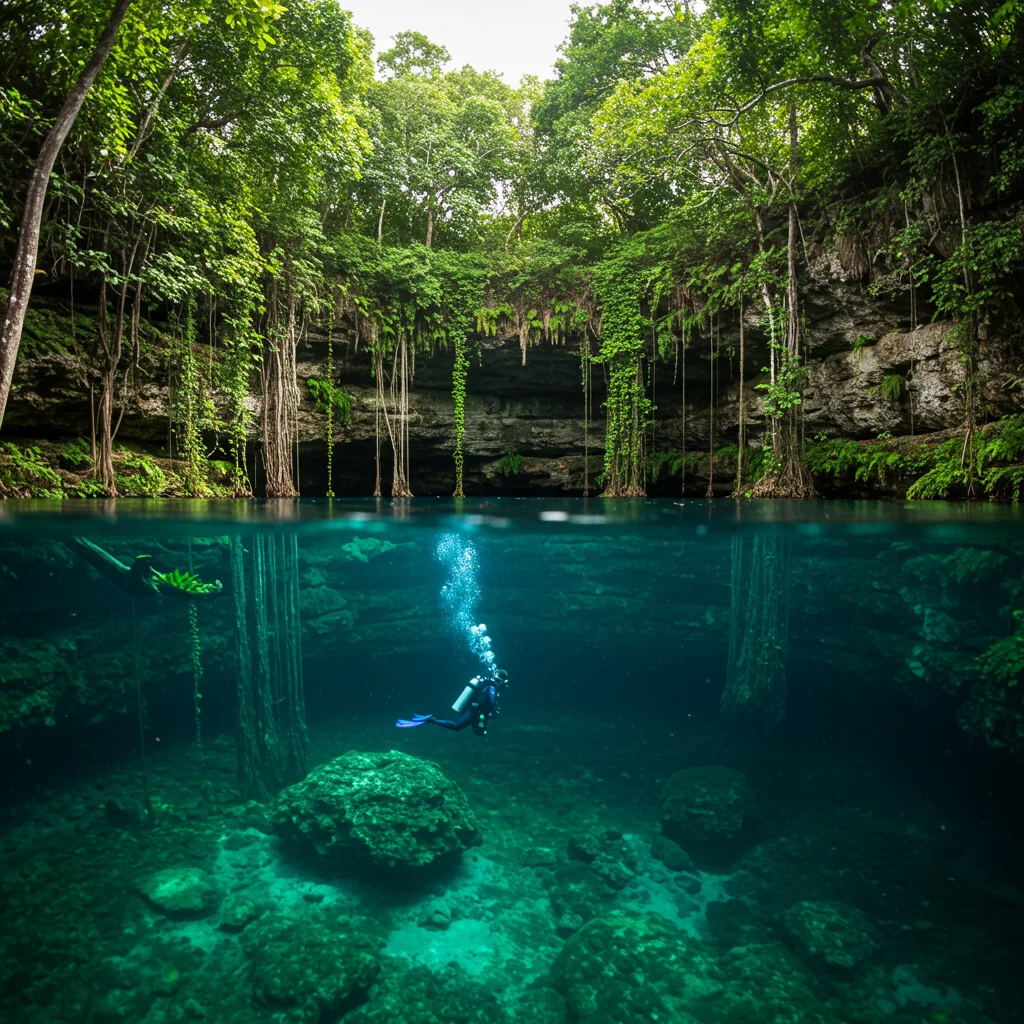
Swimming in a cenote is a sensory experience—cool water envelopes you, beams of sunlight pierce the surface, and the sounds of birds and dripping water echo from above.
Types of Cenotes Near Tulum and Akumal
Cenotes vary in shape, size, and accessibility. Each type offers a distinct swimming and snorkeling experience.
Open Cenotes
These cenotes resemble natural lagoons, open to the sky and surrounded by vegetation. Sunlight warms the water, making them ideal for swimming, sunbathing, and photography.
Semi-Open Cenotes
Partially covered by rock, semi-open cenotes blend sunlight and shade. They often feature dramatic entrances and hanging roots, creating an enchanting atmosphere.
Cave Cenotes
Enclosed by limestone walls, cave cenotes are dimly lit and mysterious. Stalactites and stalagmites create otherworldly formations, and swimmers often feel a sense of awe in these subterranean chambers.
Top Cenotes to Visit on This Tour
The region is home to dozens of cenotes, but a few stand out for their beauty and accessibility.
Gran Cenote
Gran Cenote is famous for its turquoise water, gentle turtles, and impressive cave formations. Wooden decks and platforms make entering the water easy, and the site is well-maintained for visitors.
Cenote Dos Ojos
Known for its extensive underwater cave system, Cenote Dos Ojos attracts divers and snorkelers alike. The name means “Two Eyes,” referencing the twin sinkholes connected by a cavern. The water here is exceptionally clear, revealing dramatic rock formations below.
Cenote Calavera
Playfully nicknamed the “Temple of Doom,” Cenote Calavera features a circular opening and a series of smaller holes resembling a skull. Adventurous visitors can leap into the cool water from the rim above.
Cenote Azul
Cenote Azul is popular for its open swimming area, shallow platforms, and family-friendly vibe. The water is a striking shade of blue, surrounded by lush greenery and rocky outcrops.
What to Expect When Swimming in a Cenote
Swimming in a cenote is refreshingly cool, with water temperatures averaging around 24°C (75°F). The clarity allows you to see fish, turtles, and submerged rock formations. Some cenotes feature ropes or platforms for resting, while others have deeper sections for diving.
Are Cenotes Safe for Swimming and Snorkeling?
Most cenotes are safe for swimming, with lifeguards and safety equipment at popular sites. Always check depth markers and follow posted rules. Life jackets are available and recommended for children and less confident swimmers.
What Should You Bring to a Cenote?
We suggest packing:
- Swimwear and quick-dry towel
- Water shoes for rocky entrances
- Snorkel and mask
- Biodegradable sunscreen
- Waterproof camera or phone case
Can You Dive in Cenotes?
Several cenotes offer scuba diving opportunities, especially those with extensive cave systems. Certified divers can explore submerged passageways, while beginners may join guided discovery dives in open cenotes.
As experts often say:
“Cenotes are windows into the earth’s history, offering a rare chance to swim in waters filtered for millennia and to witness the delicate balance of underground ecosystems.”
Cenote Etiquette: How to Protect These Natural Wonders
Respect is essential when visiting cenotes. Shower before entering to remove sunscreen and lotions, avoid touching stalactites or wildlife, and pack out all trash. These simple actions help preserve cenotes for future generations.
For travelers passionate about animal encounters and conservation, our article on the West Bay Beach Break / Monkey and Sloth Sanctuary discusses ethical wildlife tourism in more detail.
Facilities and Amenities at Popular Cenotes
Popular cenotes typically provide restrooms, changing rooms, lockers, and snack bars. Some offer rental gear and shaded seating. Facilities vary, so check in advance if you have specific needs or accessibility requirements.
How to Capture the Best Photos in Cenotes
For vivid photos, visit when sunlight streams through openings, creating beams and reflections. Use a waterproof camera or case to capture underwater scenes. Early morning and late afternoon offer the best lighting and fewer crowds.
Sample Itinerary: A Perfect Day Visiting Tulum, Akumal, and Cenotes
Here’s a suggested itinerary for an unforgettable day:
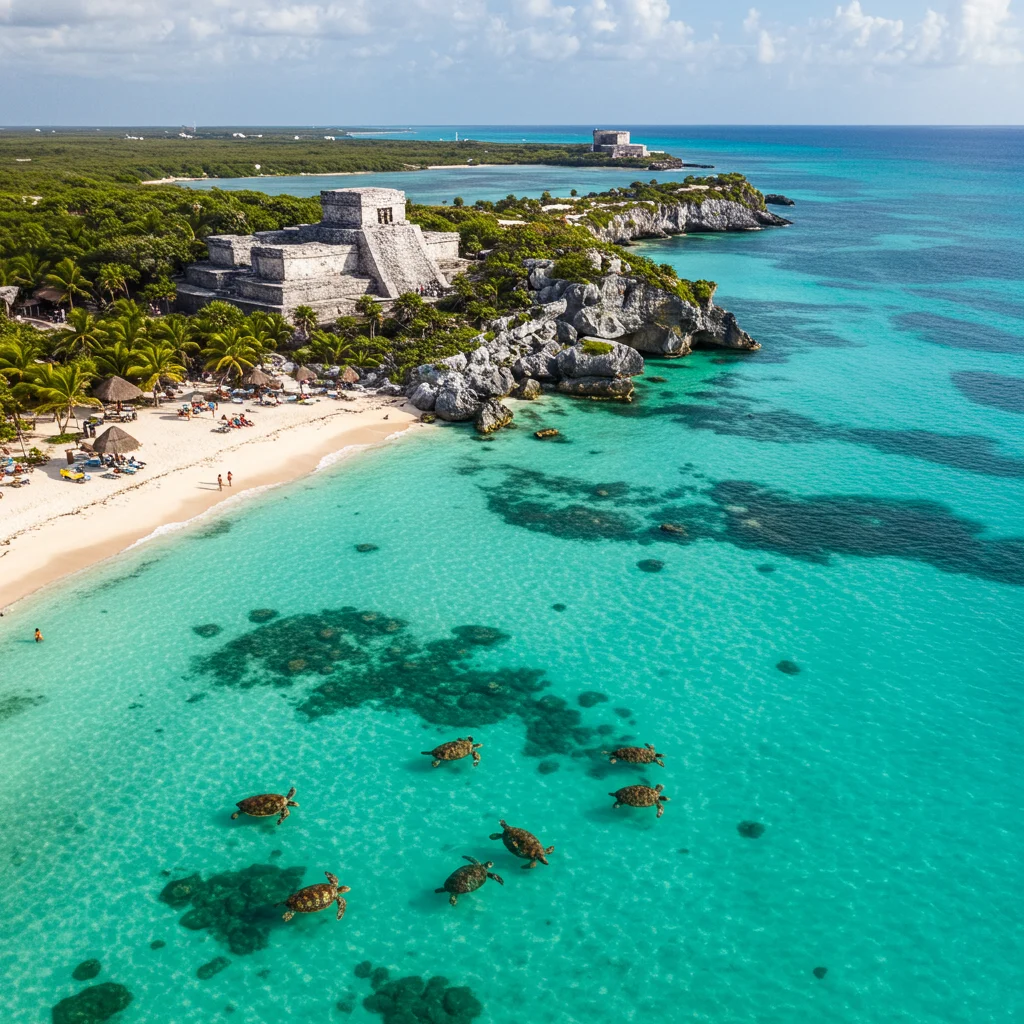
- Start early at Tulum Ruins (8:00 AM)
- Travel to Akumal and snorkel with turtles (11:00 AM)
- Enjoy lunch at a beachfront restaurant (1:00 PM)
- Visit one or two cenotes for swimming and relaxation (2:30 PM)
- Return to your accommodation by late afternoon (5:00 PM)
Adjust timing based on your interests and pace. Guided tours often follow a similar schedule with transportation included.
Packing List for the Tulum Ruins, Akumal, and Cenote Tour
Packing efficiently ensures a comfortable and enjoyable day.
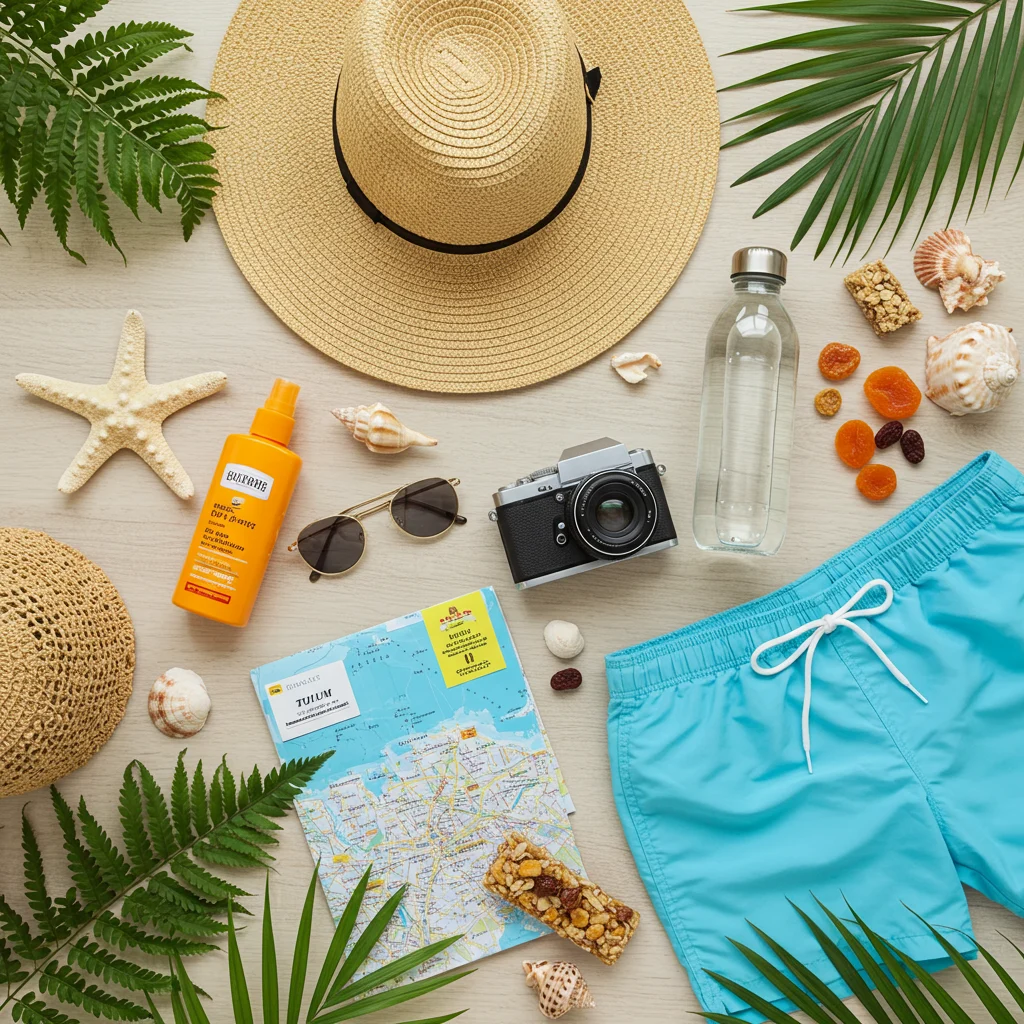
What Should You Wear for the Tour?
Lightweight, breathable clothing is best for the heat. Bring a swimsuit, rash guard, and a change of dry clothes. Comfortable sandals or water shoes are recommended for cenote entrances and rocky paths.
Essential Gear and Accessories
Don’t forget:
- Reusable water bottle
- Eco-friendly sunscreen
- Snorkel gear (if not provided)
- Waterproof phone case or action camera
- Dry bag for valuables
Travel Tips for a Smooth Experience
Book tickets and tours in advance, especially during peak season. Confirm transportation times and meeting points. Carry small change for entrance fees and tips. Keep valuables secure and stay hydrated throughout the day.

For those interested in ancient sites beyond Mexico, our complete guide to Angkor Wat tours offers insight into planning visits to other world-renowned ruins.
Health and Safety Precautions
Apply sunscreen at least 30 minutes before swimming, and use only biodegradable formulas. Drink plenty of water, seek shade when needed, and watch for slippery surfaces near cenotes. Follow all posted safety guidelines and listen to instructions from guides.

Budgeting and Costs for the Tour
Costs vary based on whether you book a guided tour or travel independently. Expect to budget for transportation, entrance fees, gear rentals, meals, and tips. Guided tours typically include most expenses, while independent travelers should plan for additional out-of-pocket costs.

It’s wise to carry both cash and a credit card, as some cenotes and local eateries may be cash-only.
Can You Do This Tour with Kids or as a Family?
Absolutely. The tour is suitable for families, with shallow snorkeling areas, kid-friendly cenotes, and manageable walking distances at the ruins. Young children may require supervision in the water, and strollers are not recommended at the archaeological site due to uneven terrain.

Many tours cater specifically to families, offering flexible pacing and activities for all ages.
Accessibility Considerations for the Tour
While some areas have uneven ground or stairs, many cenotes and beaches offer accessible entrances and facilities. Contact sites or tour operators in advance to discuss specific needs. Bringing a companion is recommended for travelers with limited mobility.

Sustainable Tourism: How to Visit Responsibly
Responsible travel helps preserve the beauty and integrity of Tulum, Akumal, and the cenotes. Use eco-friendly products, respect wildlife, and support local businesses. Leave no trace, follow conservation rules, and educate yourself about the region’s environmental challenges.

Frequently Asked Questions About the Tulum, Akumal, and Cenote Tour
Q: Can I bring my own snorkeling gear?
A: Yes, but many tours provide sanitized equipment.
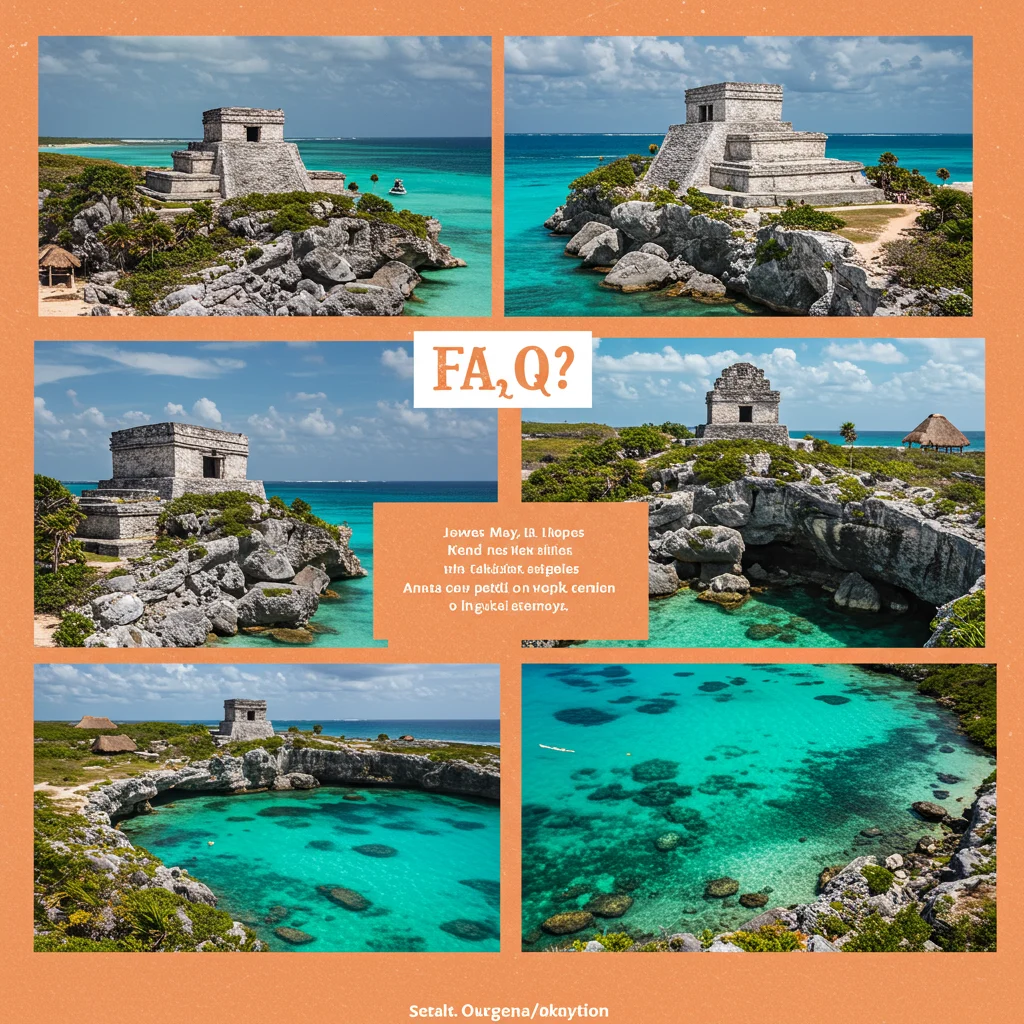
Q: Are there lockers at each stop?
A: Most cenotes and Akumal Beach offer lockers, but availability may be limited during busy times.
Q: Is lunch included on guided tours?
A: Many guided tours include lunch or snacks, but confirm details when booking.
Q: Do I need to know how to swim?
A: Basic swimming ability is recommended for cenotes and turtle snorkeling, but life jackets are available.
Final Thoughts: Is This Tour Worth It?
Combining Tulum’s ancient ruins, the unforgettable experience of swimming with Akumal’s turtles, and the natural tranquility of cenotes creates a day that many travelers rank among their most meaningful adventures. This tour offers history, wildlife, and relaxation in equal measure, making it a standout choice for anyone visiting the Riviera Maya.
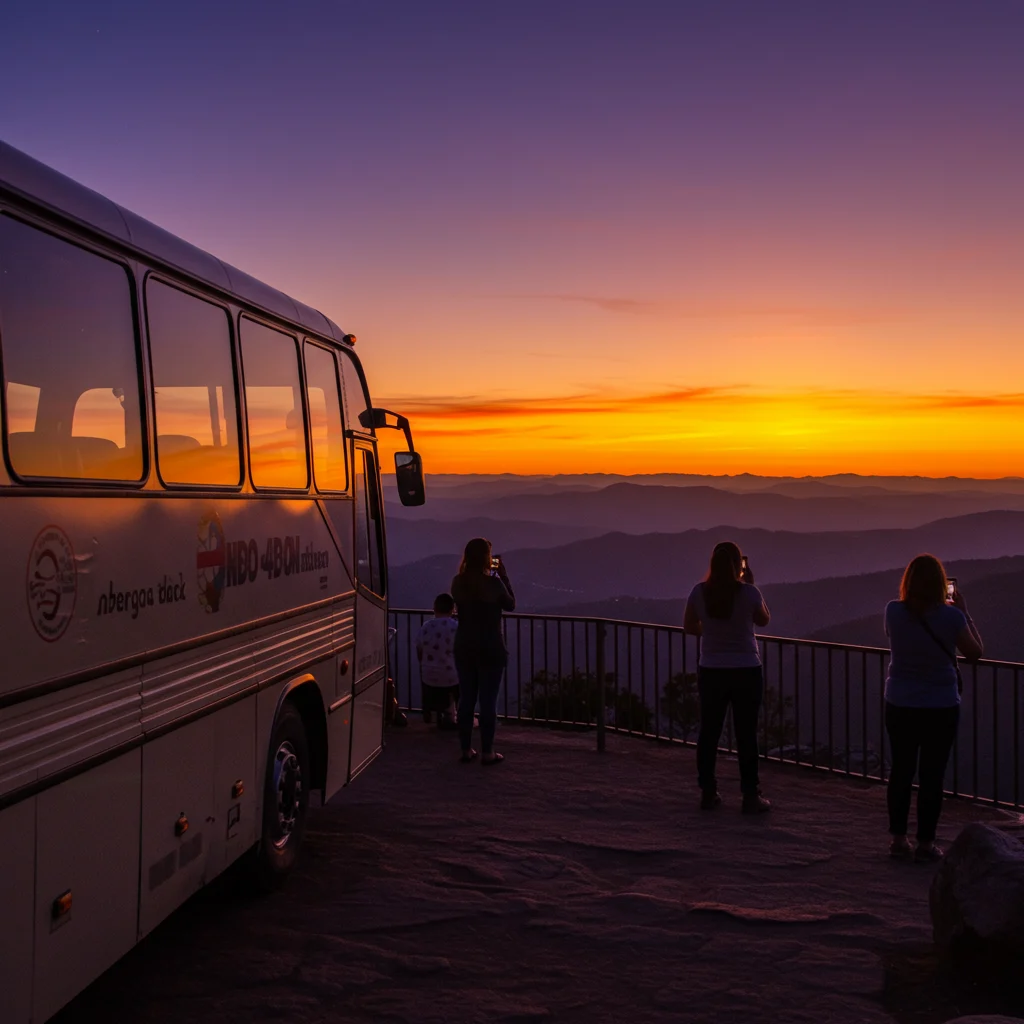
For those ready to create lasting memories, Tourlik provides detailed information and trusted recommendations to help you plan your perfect Tulum Ruins, Turtles in Akumal, and Cenote Tour. Begin your journey at Tourlik and let the adventure unfold.


